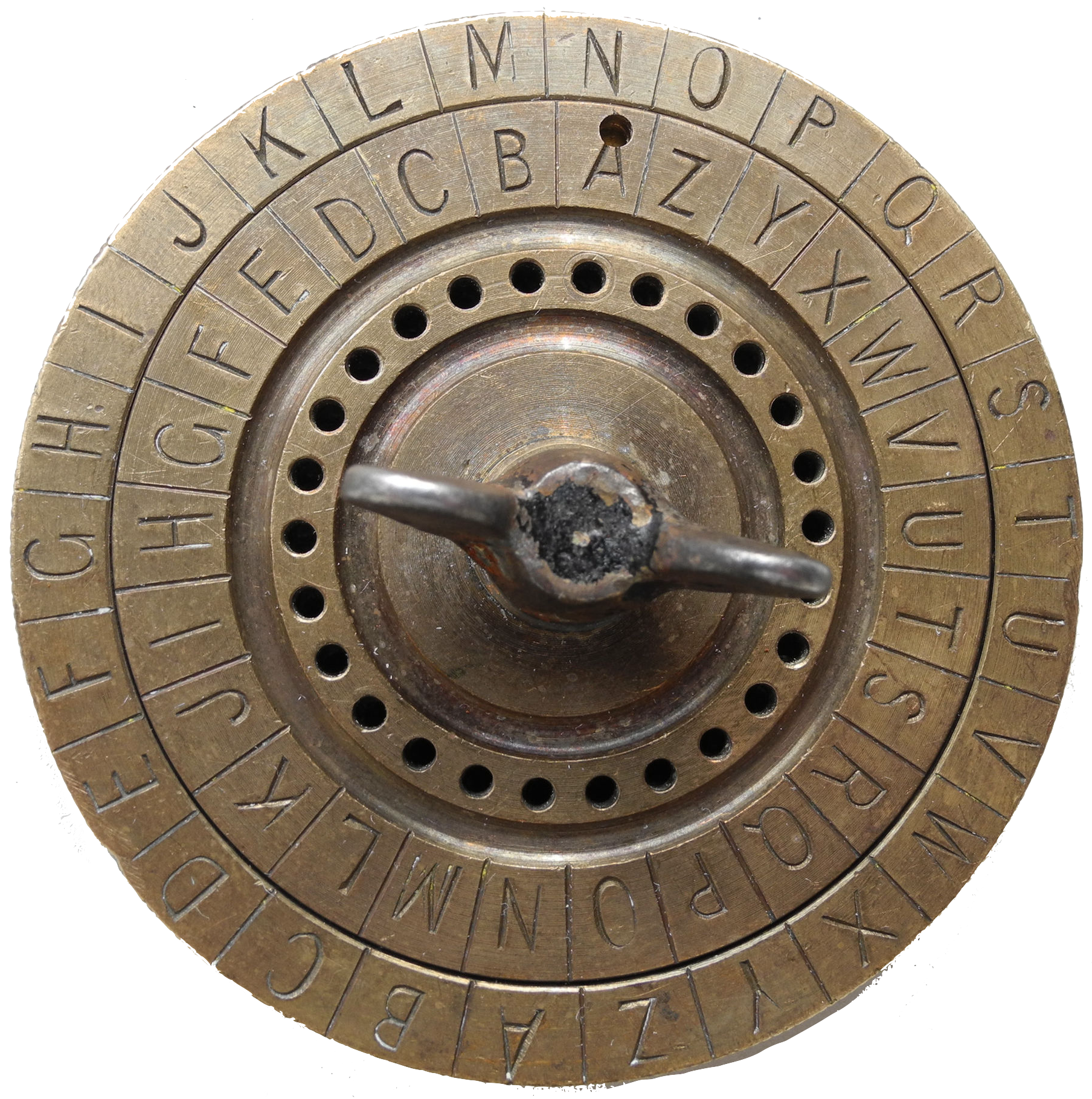Caesar cipher
Command lineHTML UIStrings
 The Caesar cipher is a very simple cipher also known as a “shift cipher”.
Implementing it is a good way to exercise your facility with strings and
modular arithmetic. It is also a good early exercise for practicing breaking
down code into small functions that each do one thing well.
The Caesar cipher is a very simple cipher also known as a “shift cipher”.
Implementing it is a good way to exercise your facility with strings and
modular arithmetic. It is also a good early exercise for practicing breaking
down code into small functions that each do one thing well.
You can read all the details on the Wikipedia page but the one sentence
summary of the Caesar cipher is you encrypt letters by moving a certain number
of steps into the alphabet, wrapping around to the beginning of the alphabet
if you come to the end. And you decrypt by moving backwards the same number of
steps. So with a key of 6, you’d encrypt ‘a’ as ‘g’ (six letters after ‘a’)
and ‘y’ as ‘e’ (six letters after ‘y’, wrapping around from ‘z’ to ‘a’.) Note
that if you use a key of 13, i.e. half of the number of letters in the
alphabet, it doesn’t matter which direction you shift so encrypting and
decrypting are the same. This is sometimes called rot13, short
for rotation 13 and is sometimes used to lightly obscure things like spoilers
in online posts.
If implementing the Caesar cipher is not challenging enough, you can also implement the Vigenère cipher which uses the same basic shift as the Caesar cipher but with the addition of a textual key which is used to determine how much to shift each letter.
And if you really want to go to town on ciphers, you can try to write program to crack Caesar and/or Vigenère ciphers. Figuring out the best way to this will probably require some research.